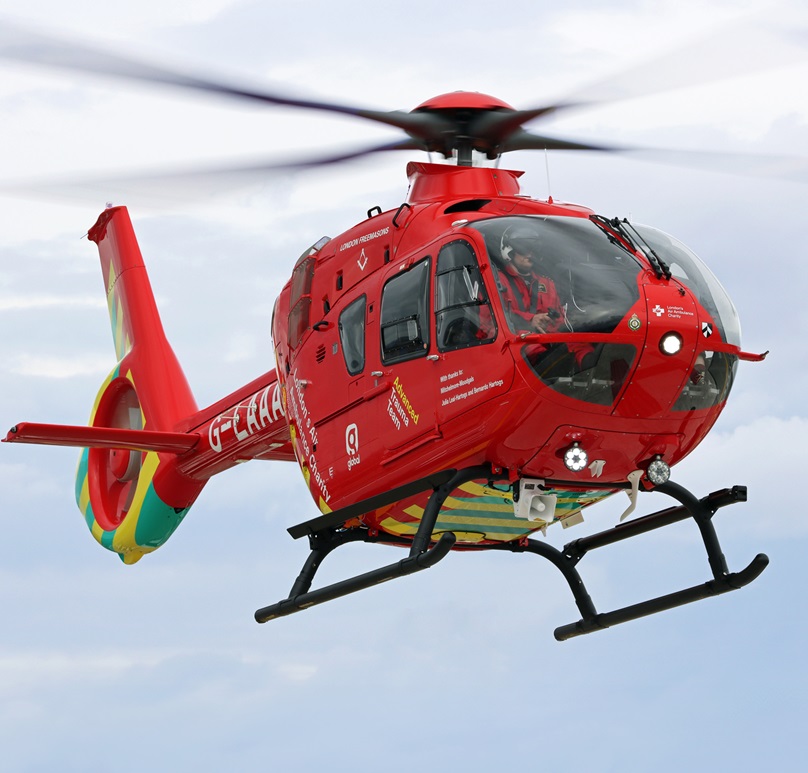Air Ambulance Services: Fast, Safe, and Life-Saving Transport

Air ambulance services play a critical role in the healthcare system, providing fast, safe, and life-saving transport for patients in emergency situations. These services are primarily designed to transport critically injured or ill individuals from one location to another, typically from a remote area to a hospital where they can receive specialized medical care.
The primary advantage of air ambulance services is speed. Traditional ground ambulances may be delayed by traffic congestion or inaccessible terrain, whereas air ambulances can fly straight to their destination without any obstructions. This is particularly important in cases of severe trauma or time-sensitive conditions like heart attacks and strokes where every minute counts towards the patient’s survival chances.
Safety is another significant benefit of air ambulance services. The aircraft used for these operations are equipped with advanced medical equipment that allows paramedics and doctors on board to provide immediate care during transit. They operate under stringent safety standards and protocols ensuring both the patient’s welfare and the crew’s safety.
Moreover, air ambulance crews usually comprise highly trained professionals who have extensive experience dealing with emergencies. They are capable of performing complex procedures mid-flight while maintaining constant communication with ground-based medical teams preparing for the patient’s arrival at the hospital.
Furthermore, air ambulance services extend beyond emergency response scenarios. They also facilitate inter-hospital transfers when patients need specialized treatment not available at their current location. For instance, if someone requires neurosurgery unavailable at their local hospital, an air ambulance service can swiftly transfer them to a facility that offers this treatment.
In addition to human patients, some air ambulance companies offer animal transport services as well – often used by veterinary hospitals when pets need immediate surgical intervention or other urgent treatments only available in distant locations.
Despite its many benefits though, cost remains a major barrier for many people needing access to these life-saving transports. Air ambulances tend not to be covered by standard insurance policies which makes it unaffordable for most people unless they have specific coverage or can pay out of pocket.
However, the importance and potential life-saving ability of air ambulance services cannot be overstated. They provide a vital lifeline for patients in critical conditions, especially those located in remote or hard-to-reach areas. As technology continues to advance and healthcare systems worldwide recognize the value of these services, it is hopeful that more strategies will be implemented to make them accessible to all who need them.
In conclusion, air ambulance services are an essential component of modern emergency medical care. Their speed, safety features, and professional crew members make them an invaluable resource in saving lives during medical emergencies. Despite cost challenges, their role in providing immediate and advanced medical care during transport is undeniably crucial.
